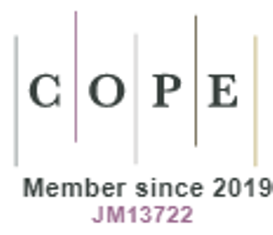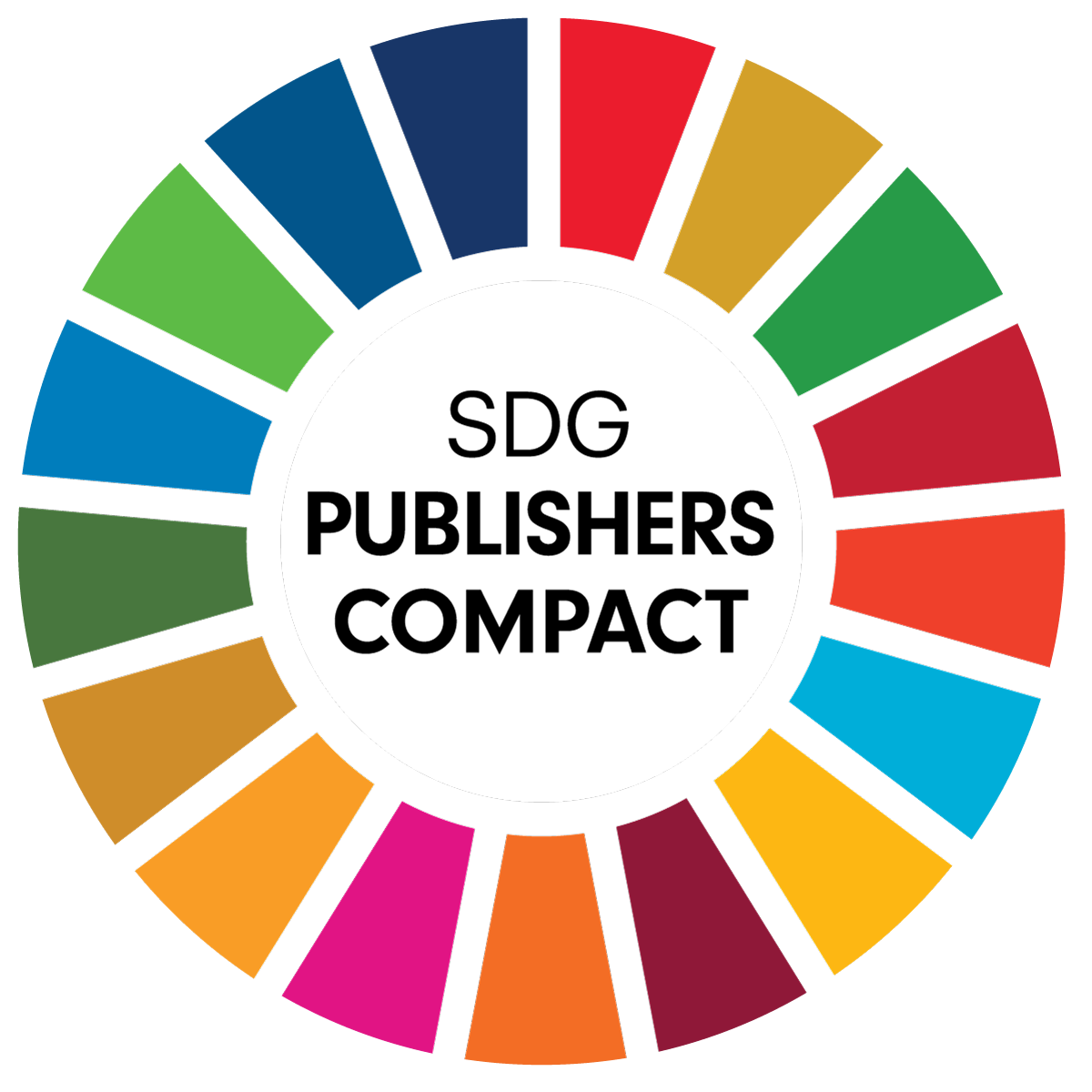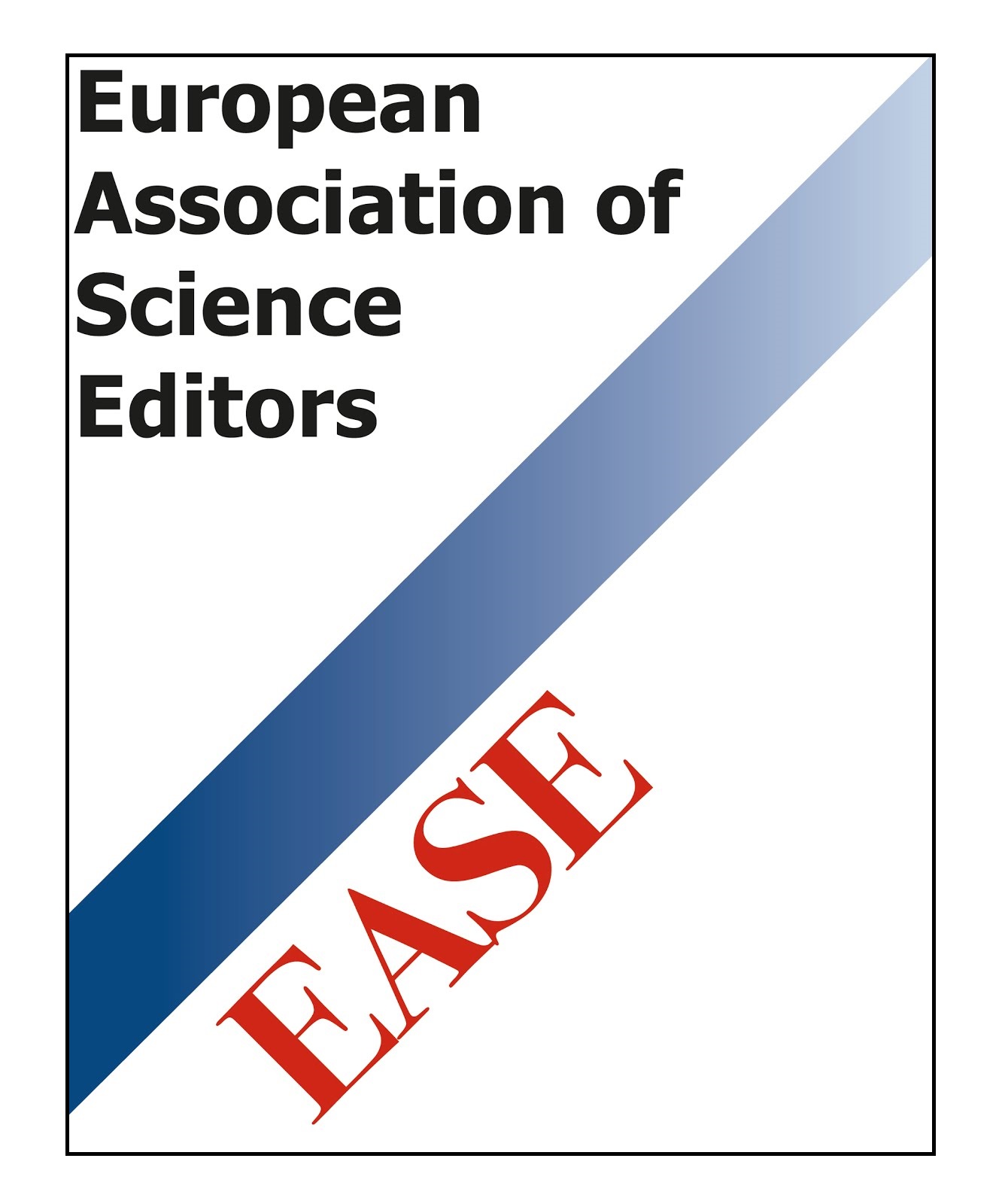Investigation of the Saturation of Elemental Concentration in the Depth Profile of Low Energy Silver Ion Implants in Silicon
DOI:
https://doi.org/10.15415/jnp.2016.41024Keywords:
Ag nanoclusters, ion implantation, depth profile, RBS, XPSAbstract
For the efficient absorption of light in a broad wavelength band, Si photovoltaic devices require a high concentration of metal atoms at a shallow depth up to a few 10s of nm in the Si substrates. Low energy (< 50 keV) implantation of Ag ions in Si is one of the most suitable synthesis steps to facilitate the formation of these metal nanoclusters at the shallow depths in Si. However, during the low energy implantation of the heavy ions, one of the unintended consequences is the sputtering of target atoms particularly if the target is made of lower Z materials such as Si. In this study, we have investigated the re-distribution of atoms in the target layers due to the surface sputtering effects from 50 keV Ag ion implantation in Si substrates. Initially, the implant profile was estimated with the widely used static simulation code, theStopping and Range of Ions in Matter (SRIM). However, it’s simulation routine lacks any consideration of the fluence dependent evolution of the target material. Therefore, we have explored the use of another ion-solid interaction code T-DYN, which considers the dynamic changes in the thickness and/or composition of the target material during the implantation process. For 50 keV Ag ion implantation in Si, the T-DYN simulation predicts the Ag ion depth profile reaches a maximum or saturation in the concentration at a critical ion fluence of ~7×1016 atoms/cm2, whereas for a more heavier element like Au, similar saturation in the concentration is predicted at a relatively lower fluence of ~4×1016 atoms/cm2. The depth profiles of the implanted Ag atoms extracted from experiments utilizing the Rutherford Backscattering Spectrometry and X-ray Photoelectron Spectroscopy characterization techniques show asymmetric distributions with the position of peak concentration depth gradually moving towards the Si surface with increasing implant ion fluence. Once the implantation ion fluence reached a critical value, the peak value of the elemental concentration is seen saturated similar to the predictions from T-DYN simulations.
Downloads
References
Guo, ChuanFei, Sun, Tianyi, Cao, Feng, Liu, Qian, and Ren, Zhifeng, Metallic nanostructures for light trapping in energy-harvesting devices, Light: Science & Applications,3, e161(2014); doi:10.1038/lsa.2014.42. http://dx.doi.org/10.1038/lsa.2014.42
Pillai, S., Green, M. A. (2012), Plasmonics for Photovoltaics, Reference Module in Earth Systems and Environmental Sciences –Comprehensive Renewable Energy, A. Sayigh (Ed.) Vol 1: Photo-voltaic Solar Energy, (pp. 641-656), Oxford: Elsevier Ltd.
Garcia,M. A., Surface plasmons in metallic nanoparticles: fundamentals and applications, J. Phys. D: Appl. Phys.,44, 283001 (2011). http://dx.doi.org/10.1088/0022-3727/44/28/283001
Stockman,M. I.,Nanoplasmonics: The physics behind the applications, Phys. Today,64 (2), 39-44 (2011). http://dx.doi.org/10.1063/1.3554315
Ferry,Vivian E.,Sweatlock,Luke A.,Pacifici, Domenico and Atwater,Harry A., Plasmonic Nano-structure Design for Efficient Light Coupling into Solar Cells, Nano Lett., 8(12), 4391-4397 (2008). http://dx.doi.org/10.1021/nl8022548
Kelly,K. Lance,Coronado,Eduardo,Zhao,Lin Lin and Schatz,George C.,The Optical Properties of Metal Nanoparticles: The Influence of Size, Shape, and Dielectric Environment,J. Phys. Chem.,107 (3), 668 (2003). http://dx.doi.org/10.1021/jp026731y
Atwater,Harry A. Polman,Albert,Plasmonics for improved photovoltaic devices, Nature Materials,9, 205 (2010). http://dx.doi.org/10.1038/nmat2629
Pillai,S.,Beck,F. J., Catchpole, K. R., Ouyang, Z., Green,M. A., The effect of dielectric spacer thickness on surface plasmon enhanced solar cells for front and rear side depositions, J. Appl. Phys.,109, 073105 (2011). http://dx.doi.org/10.1063/1.3567299
Shi,Yanpeng, Wang,Xiaodong, Liu, Wen, Yang, Tianshu, Xu, Rui, and Yang, Fuhua, Multilayer silver nanoparticles for light trapping in thin film solar cells, J. Appl. Phys.,113, 176101 (2013). http://dx.doi.org/10.1063/1.4801785
Sardana, Sanjay K., Komarala, Vamsi K.,Influence of SiO2 Spacer Layer Thickness on Performance of Plasmonic Textured Silicon Solar Cell, Plasmonics, (2016), DOI 10.1007/s11468-016-0209-2. http://dx.doi.org/10.1007/s11468-016-0209-2
Green, Martin A. and Keevers, Mark J., Optical properties of intrinsic silicon at 300 K, Progress in Photovoltaics: Research and Applications, 3(3) 189-192 (1995), John Wiley & Sons, Ltd. http://dx.doi.org/10.1002/pip.4670030303
Krishnan, A., Das, S., Krishna, S. R., Khan, M. Z. A., Multilayer nanoparticle arrays for broad spectrum absorption enhancement in thin film solar cells, Opt. Express,22 A800–A811 (2014). http://dx.doi.org/10.1364/OE.22.00A800
Meldrum, A., Haglundjr., R. F., Boatner, L. A., White, C. W.,Nanocomposite Materials Formed by Ion Implantation, Adv. Mater.,13 (19), 1431-1444 (2001). http://dx.doi.org/10.1002/1521-4095(200110)13:19<1431::AIDADMA1431>3.0.CO;2-Z
‘Mangal S. Dhoubhadelet al.’, Investigation of structural and optical properties of Ag nanoclusters formed in Si(100) after multiple implantations of low energies Ag ions and post-thermal annealing at a temperature below the Ag-Si eutectic point, AIP Conf. Proc.,1607, 16-23 (2014). http://dx.doi.org/10.1063/1.4890698
‘H. W. Seoet al.’, Formation of Silver nanoparticles in silicon by metal vapor vacuum arc ion im-plantation, Nucl. Instru. and Meth. in Phys. Res.,B 292, 50-54 (2012).
Liau, Z. L. and Mayer, J. W., Limits of composition achievable by ion implantation, J. Vac. Sci. Technol.,15(5), 1629 (1978). http://dx.doi.org/10.1116/1.569820
J. F. Ziegler, Stopping and range of ions in matter, SRIM-2013, the latest version is available at http://www.srim.org/.
Wolfgang Eckstein, “Computer Simulation of Ion-Solid Interactions”, Springer Series in Materials Science, v10 (1991). Springer, Berlin. http://dx.doi.org/10.1007/978-3-642-73513-4
Möller, W., Eckstein, W. and Biersack, J. P. TRIDYN – Binary Collision Simulation of atomic col-lisions and dynamic composition changes in solids, Comput. Phys. Commun.,51, 355-368, (1988). The latest version of the T-DYN package is available at http://www.hzdr.de/db/Cms?pNid=0&pOid=21578.
Mutzke, A. Schneider, R., Eckstein, W.,Dohmen, R., MPI for Plasma Physics, SDTrimSP: Version 5.00., IPP Report 12/8 (2011).
Lakshantha,Wickramaarachchige J.,Kummari,Venkata C., Reinert, Tilo, McDaniel, Floyd D., Rout, Bibhudutta,Depth profile investigation of β-FeSi2 formed in Si(100) by high fluence implantation of 50 keV Fe ion and post-thermal vacuum annealing, Nucl. Inst. and Meth., B 332, 33-36(2014).
‘B. Rout et al.’, An Overview of the Facilities, Activities, and Developments at the University of North Texas Ion Beam Modification and Analysis Laboratory (IBMAL), AIP Conf. Proc., 1544, 11(2013). http://dx.doi.org/10.1063/1.4813454
‘M. El Bouanani et al.’, Simple and accurate spectra normalization in ion beam analysis using a transmission mesh-based charge integration, Nucl. Inst. and Meth.,B243 (2), 392-396 (2006).
An analysis program for RBS analysis, SIMNRA version 6.06 by Matej Mayer. The latest version is available at: http://home.rzg.mpg.de/~mam/.
‘S. Chakraborty et al.’, Shape variation in epitaxial microstructures of gold silicide grown on Br-passivatedSi(111) surfaces, Surf. Sci., 549 (2), 149-156 (2004). http://dx.doi.org/10.1016/j.susc.2003.11.034
‘B. Rout et al.’, Self-assembled gold silicide wires on bromine-passivated Si(110) surfaces, J. of Vac. Sci. and Tech.,B 18(4), 1847-1852(2000).
Lakshantha, Wickramaarachchige J., Dhoubhadel, Mangal S., Reinert, Tilo, McDaniel, Floyd D., Rout, Bibhudutta, Investigation of Fe-Si phase structures formed in Si by low energy Fe ion im-plantation, Nucl. Inst. and Meth.,B365, 114-119 (2015). http://dx.doi.org/10.1016/j.nimb.2015.07.037
Sahu, G., Rath, S. K., Joseph, B., Roy, G. S., Mahapatra, D. P., Saturation effects observed in high fluence heavy ion implantation at few tens of keV, Vacuum,83, 836-840 (2009). http://dx.doi.org/10.1016/j.vacuum.2008.08.005
Downloads
Published
How to Cite
Issue
Section
License
View Legal Code of the above-mentioned license, https://creativecommons.org/licenses/by/4.0/legalcode
View Licence Deed here https://creativecommons.org/licenses/by/4.0/
| Journal of Nuclear Physics, Material Sciences, Radiation and Applications by Chitkara University Publications is licensed under a Creative Commons Attribution 4.0 International License. Based on a work at https://jnp.chitkara.edu.in/ |














